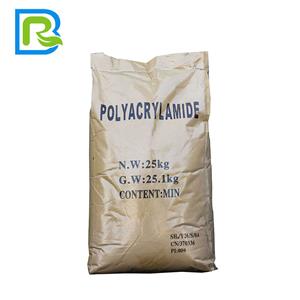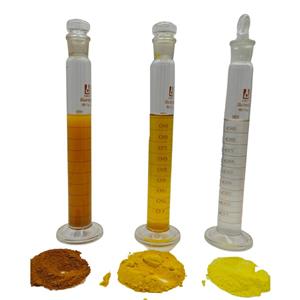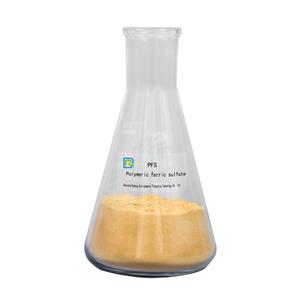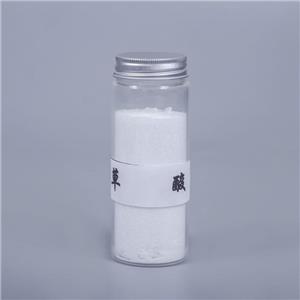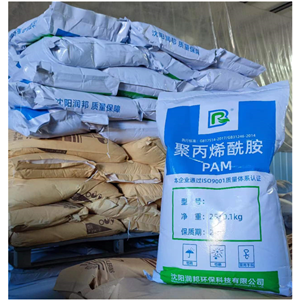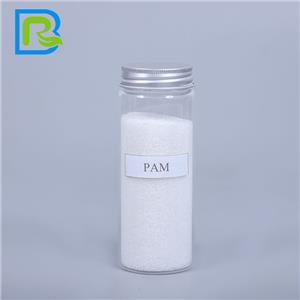-
polyacrylamide
Polyacrylamide (PAM) is a generic term for polymers obtained by homopolymerization of acrylamide or copolymerization with other monomers, and is one of the most widely used species of water-soluble polymers. As polyacrylamide structural unit contains amide group, easy to form hydrogen bond, so it has good water solubility and high chemical activity, easy to graft or cross-link to get branched chain or mesh structure of a variety of modifiers, in oil extraction, water treatment, textile, paper, mineral processing, medicine, agriculture and other industries have a wide range of applications, "a hundred industry auxiliaries "known as. The main application areas are water treatment, papermaking, mining, metallurgy, etc.; at present, the largest amount is in the field of oil extraction, and the fastest growing amount is in the field of water treatment and papermaking. Our factory mainly relies on our sales network for water treatment industry customers, with an annual production capacity of 30,000 tons of polyacrylamide production line, for different industries of water treatment process, there are mainly anionic, cationic, non-ionic three major products
Send Email Details -
Cationic polyacrylamide
Cationic Polyacrylamide (CPAM) is formed by copolymerization of cationic monomer and acrylamide monomer. It is a water-soluble linear polymeric flocculant. It is mainly used in flocculation and sedimentation of sewage and sludge dewatering and so on. Our factory mainly relies on our sales network for water treatment industry customers, with an annual production capacity of 30,000 tons of polyacrylamide production line, for different industries of water treatment process, there are mainly anionic, cationic, non-ionic three major products
Send Email Details -
Differences Between Anionic, Cationic, and Non-Ionic Polyacrylamides
Anionic Polyacrylamide (APAM) features a negative charge and high molecular weight, offering solutions for wastewater with cationic pollutants and aiding in mining and pulp industries. Cationic Polyacrylamide (CPAM), with a positive charge, addresses anionic pollutants and is pivotal in municipal and industrial wastewater, papermaking, violin quality improvement, and efficiency augmentation in the petroleum sector. Lastly, Non-Ionic Polyacrylamide (NPAM), being neutral, effectively treats wastewater under neutral to weakly acidic conditions, showing useful applications in textiles, paper industries, and the petroleum sector. The selection of a flocculant is critical and relies on the charge type of pollutants, operational conditions, and economic viability in various treatment sectors.
Send Email Details

